Five Thousand Years of Vanity
Exhibition (06 Jan 1944 - 28 Feb 1944)
- Object[192]
- yes[192]
- african[1]
- american[12]
- asian[2]
- egyptian[14]
- mediterranean[42]
- near eastern[121]
- amulet[5]
- applique[17]
- aryballos[2]
- bead[7]
- beads[1]
- bottle[1]
- bracelet[7]
- chain[1]
- charm case[1]
- collar[1]
- cosmetic box[2]
- cosmetic box lid[1]
- cosmetic container[1]
- cosmetic shell[1]
- cup[1]
- cylinder seal[2]
- diadem[70]
- ear ornament[2]
- earring[16]
- fibula (pin)[3]
- figurine[4]
- fillet[1]
- finger ring[4]
- frontlet[1]
- garment pin[1]
- hair comb[1]
- hair pin[2]
- hair ring[2]
- hairring[2]
- implement[1]
- jewelry[1]
- mirror[5]
- necklace[3]
- needle[2]
- ornament[5]
- pectoral[1]
- pendant[54]
- pigment[1]
- pin[1]
- plaque[16]
- pyxis[2]
- pyxis lid[1]
- relief[3]
- rosette[1]
- scarab ring[1]
- string of beads[4]
- stylus[2]
- tweezer[1]
- wreath[3]
- zoomorphic vessel[1]
- abydos[8]
- arizona[1]
- benin kingdom[1]
- beth shean[3]
- china[2]
- costa rica[5]
- cyprus[2]
- east greece[1]
- egypt[14]
- etruria[7]
- greece[1]
- guatemala[3]
- iran[3]
- iraq[115]
- israel[3]
- italy[13]
- jalisco[2]
- kixpek[1]
- kuban[19]
- maikop[19]
- mediterranean[6]
- mexico[1]
- mexico (central america)[4]
- meydum[1]
- mit-rahineh[4]
- narce[2]
- nigeria[1]
- nippur[2]
- perugia[1]
- rhodes[1]
- russia[19]
- siana[1]
- tepe gawra[3]
- tepe hissar[3]
- ur[110]
- archaic greek period[1]
- byzantine[1]
- classical greek period[1]
- early archaic greek period[1]
- early dynastic iii[45]
- early dynastic iiib[2]
- gawra xi[3]
- hellenistic period[2]
- hissar iiic[3]
- kassite[1]
- late classic[3]
- late period[4]
- middle corinthian period[3]
- middle kingdom[9]
- parthian[2]
- ptolemaic period[1]
- tang dynasty[2]
- thirty-third dynasty[1]
- twelfth dynasty[9]
- twenty-sixth dynasty[4]
- attic[1]
- chinese[2]
- corinthian[3]
- cypriot[2]
- diquis[1]
- early post-classic maya[1]
- east greek[1]
- edo (africa)[1]
- etruscan[10]
- faliscan[2]
- greek[3]
- lowland maya[2]
- navajo[1]
- ptolemaic[1]
- rhodian[1]
- roman[1]
- scythian[19]
- tepecano[2]
- 200.20[3]
- 200.20 c. 4 metres above merenptah in centre of trench n edge[1]
- c.n. 270, monastery, room h[1]
- e 108[2]
- e 108, tomb of hor[5]
- level intrusive xi[3]
- period iii c[3]
- pg 1054, chest of central figure in domed chamber[1]
- pg 1100[1]
- pg 1237/16[1]
- ruin b[1]
- tepe gawra, 4 m and 4 k [10 p and 11 p] locus 110 libn tomb[2]
- tepe gawra, 5 k [11 n] locus 109, libn tomb[1]
- tomb[1]
- tomb 19m[2]
- tomb 314[1]
- tomb e 108[1]
- alligator[1]
- athena[1]
- bird[10]
- bivalve shell[1]
- box[1]
- bull[2]
- bull?[1]
- chest[1]
- cowrie shell[1]
- cross[2]
- date palm[12]
- demon head[1]
- dog?[2]
- eros[1]
- face[2]
- falcon head[1]
- fish[2]
- flower[17]
- frog[1]
- frog?[2]
- fruit[17]
- goat[2]
- goat?[1]
- griffin[4]
- griffins[2]
- hand[1]
- hebe[1]
- helmet[1]
- hera[1]
- hestia[1]
- hoplite[1]
- hoplites[1]
- horus[1]
- hydria[1]
- inheret[1]
- isis[1]
- leaves[17]
- lion[7]
- lotus-palmette[2]
- loutrophoros[1]
- marriage of heracles[1]
- montu[1]
- mouflon[1]
- palmette[2]
- panthers[2]
- pomegranate[1]
- ram[2]
- ram head[1]
- rosette[21]
- rug beater[15]
- scepter[1]
- seated man[1]
- sekhmet[1]
- shell[2]
- siren[2]
- stag[7]
- thymiaterion[1]
- vase[2]
- volute[1]
- warfare[1]
- warrior[1]
- wheat stalk[6]
- zeus[1]
- agate[1]
- alabaster[1]
- amethyst[1]
- bitumen[31]
- bone[4]
- brass[1]
- bronze[7]
- carnelian[15]
- ceramic[6]
- chalcedony[1]
- chlorite[1]
- copper[1]
- copper alloy[1]
- electrum[6]
- faience[1]
- feldspar[2]
- glass[2]
- gold[148]
- jadeite[3]
- lapis[1]
- lapis lazuli[18]
- marble (stone)[1]
- paste[3]
- pyrite[1]
- sard[1]
- shell[3]
- silver[20]
- stone[1]
- turquoise[2]
- wax[2]
- wood[2]
- cast[4]
- core-form[1]
- granulation[2]
- hellenistic period[1]
- kertsch style[1]
- mosaic[2]
- punched[16]
- red figure[1]
- repousee[2]
- soldered[16]
- actual citation[113]
- general reference[1]
1 - 30 of 192 Records
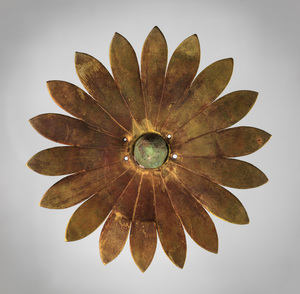
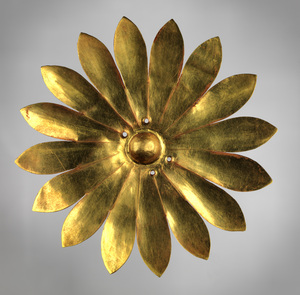
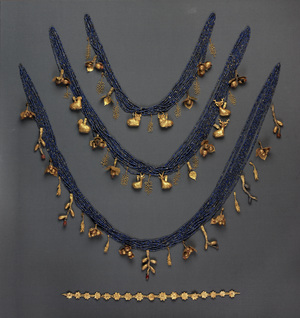
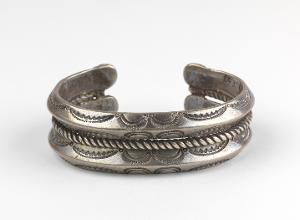
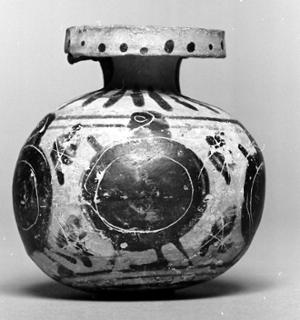
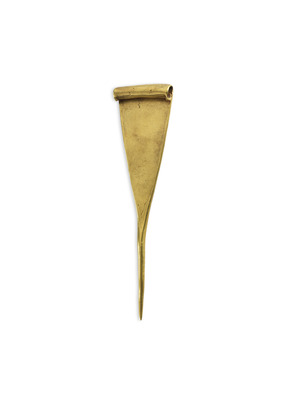
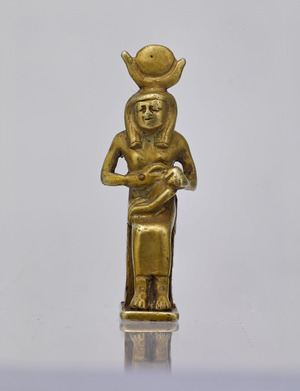


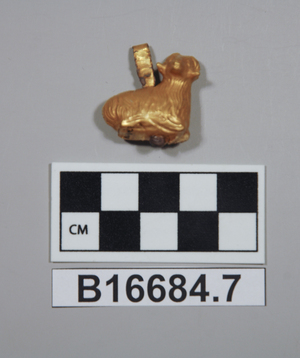
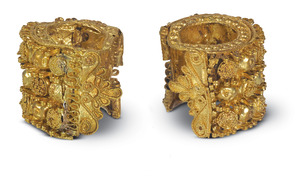
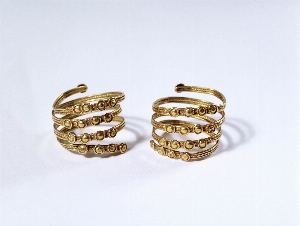
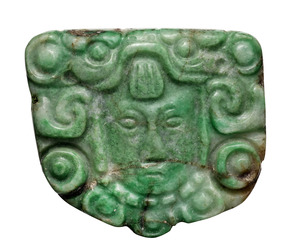
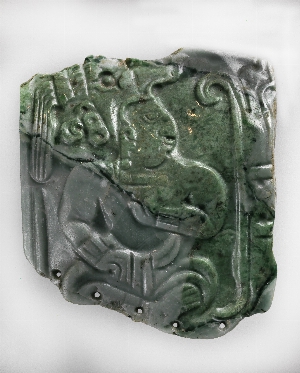
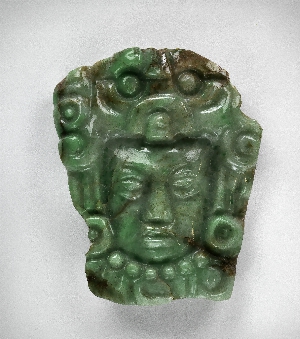
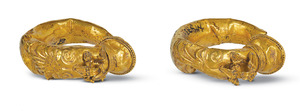

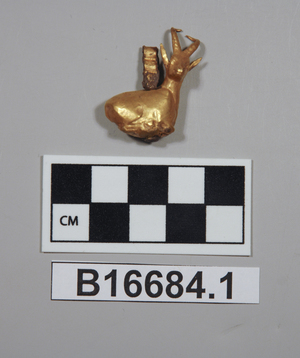

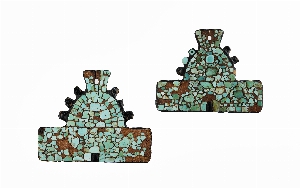
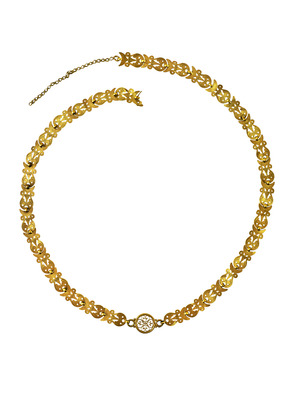





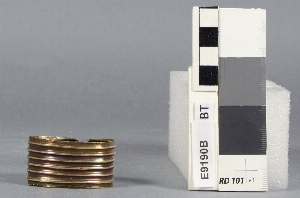

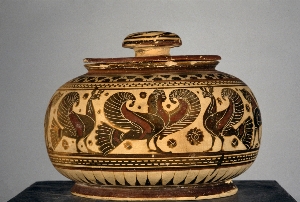

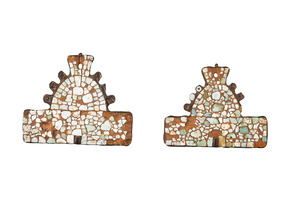
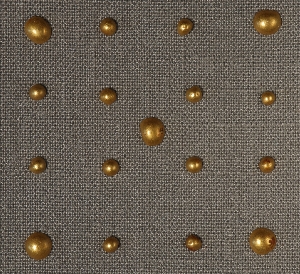
1 - 30 of 192 Records

